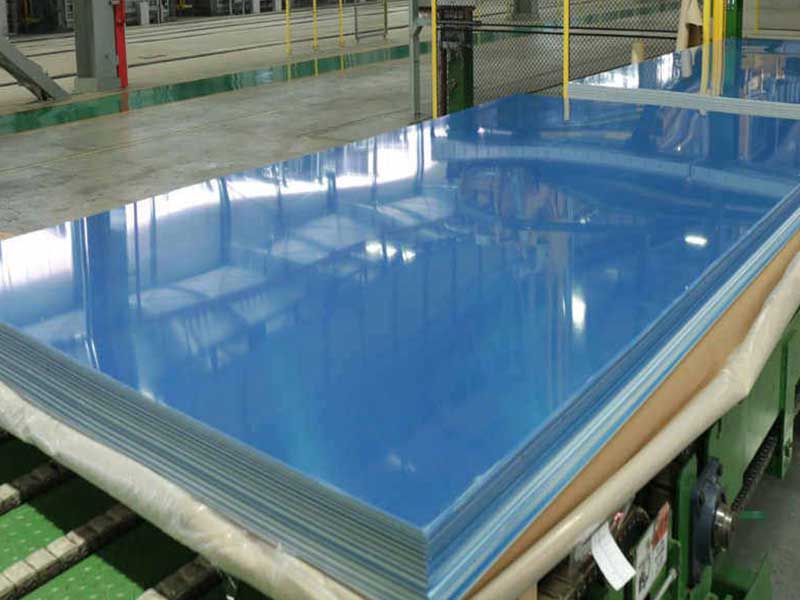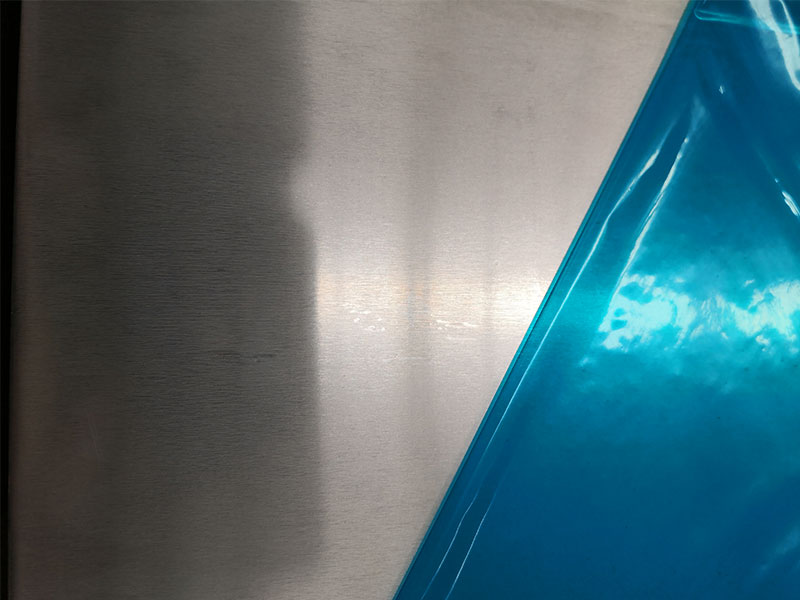1100 1050 1060 Series 0.2-6.0mm Thickness Aluminum Sheet
Unveiling the Brilliance of Aluminum Sheets: A Deep Dive into the 1100, 1050, and 1060 Series
When it comes to aluminum sheets, a trio often stands above the rest: the 1100, 1050, and 1060 series. With thicknesses that range from a delicate 0.2mm to a substantial 6.0mm, these sheets showcase an intriguing blend of robustness and versatility. But what separates these aluminum sheets from one another? Let's explore this captivating subject through a unique lens, highlighting properties, technical marvels, and their significance across various applications.
Working with 1100, 1050, and 1060 series aluminum sheets in the 0.2-6.0mm thickness range reveals distinct processing characteristics dependent on the specific alloy and thickness. The 1100 series, being the purest, exhibits excellent workability and formability, making it ideal for deep drawing and spinning operations, particularly in the thinner gauges. However, its lower strength compared to 1050 and 1060 needs consideration when designing for structural applications. Thicker 1100 sheets (above 3mm) can present challenges in bending due to springback, requiring careful tooling and potentially multiple bending operations. We've found that surface finish is exceptionally important for applications demanding high reflectivity or aesthetics, and meticulous cleaning before further processing is crucial to avoid defects.
The 1050 and 1060 series offer slightly improved strength compared to 1100, making them suitable for applications needing greater structural integrity while still maintaining good formability. We've observed that the 1060 series, containing a small amount of iron and silicon, can be slightly more challenging to weld than 1050, requiring careful attention to parameters to avoid porosity or cracking. The thicker gauges within this range (4-6mm) are frequently used in applications needing moderate strength and corrosion resistance, such as cladding or automotive components. the
the Basics: The Series Breakdown
Aluminum is systematic in its categorization, adhered by series number indicative of its composition and properties. The 1100, 1050, and 1060 series are all globally recognized for their excellent formability and thermal conductivity. Here’s a simplified breakdown:
-
1100 Series: This alloy features a high purity level of 99% and above aluminum. Excellent for chemical and food processing due to its anti-corrosive properties, it is often utilized in cooking utensils, heat exchangers, and decorative works.
-
1050 Series: Known for its outstanding conductive value, this series contains 99.5% aluminum, which makes it a hot favorite in electrical applications. The highly malleable and ductility ensure that 1050 sheets can attain complicated shapes without any risk of elasticity loss.
-
1060 Series: Similar to 1050 but with slight variations that enable exceptional thermal properties and weldability. This series is frequently seen within diverse industrial applications where aesthetic appearance and strong functionality are paramount.
Thickness Matters: Why It’s Considered Essential
While 1100, 1050, and 1060 typically range from 0.2mm to 6.0mm, the implications of these thickness variations reveals how tailor-made an aluminum sheet can truly be.
-
0.2 - 0.5 mm: Sheets of this nature are ultra-lightweight, making them perfect for applications like packaging foils and food wraps. Their pliability allows for easy decoration and transformers' covers, ensuring that artisans and engineers alike ruminate for creativity.
-
0.6 - 3.0 mm: This mid-range thickness begins to showcase strength while still retaining remarkable malleability. Suitable for manufacturing appliance housings, signage, and automotive body parts, they harmoniously bypass the characters of heavy industrial drive while catering to functional precision.
-
3.1 - 6.0 mm: Sturdy and solid, the weight squad of this range equips manufacturers for processes in machinery components and structures needing critical analysis of load-bearing outsized duties. Common uses might include saddles and railings or supports crucial for larger industrial projects.
Technical Brilliance and Industry Synergy
The industries that employ aluminum sheets may vary extensively, covering sectors like automotive, aerospace, electronics, and food processing, circling around the same need for reliable, lightweight robustness. Notably, aluminum's unique trait of corrosion resistance opens doors even in marine and construction avenues.
The processing of these sheets enables treatments catered to sheen and color required for design preferences—including anodizing or painting, expanding the potential applications of these materials. Every detail of manufacturing from extrusion full circle counts when integrating energy-efficient solutions moving toward lower carbon footprints.
For anyone investing resources into intelligent manufacturing, the developmental aspects from 1100, 1050, and 1060 series sheets can propel a business ahead seamlessly, fusing innovation with sustainability.
Closing Thoughts: A Bright Future with Aluminum Sheets
As demand swells globally for strong yet lightweight materials, the paths forecast for the 1100, 1050, and 1060 series of aluminum sheets seems crystal clear. Sturdy yet agile, rising demand dovetail insulated packaging, aspiring designs bridged through reliable engineering make these aluminum sheets stand as an acclaimed fundamental ally for industries blasting into electrifying industries rooted for the pulse of the next-generation economy.
In summary, the humble aluminum sheet encompasses a persona dripping from worth-root see to multitasking onscreen engineering prowess. Be it form, function, or industry innovation per tale across dimensions scales, magnifying back to brilliance erupts wherever these sheets lift dominant enterprise fueling timelines.
Begin a relationship with the multitude facets aluminum sheets exhibit—enrich your project with this phenomenal material tailored pitch.
https://www.aluminumplate.net/a/1100-1050-1060-series-02-60mm-thickness-aluminum-sheet.html







